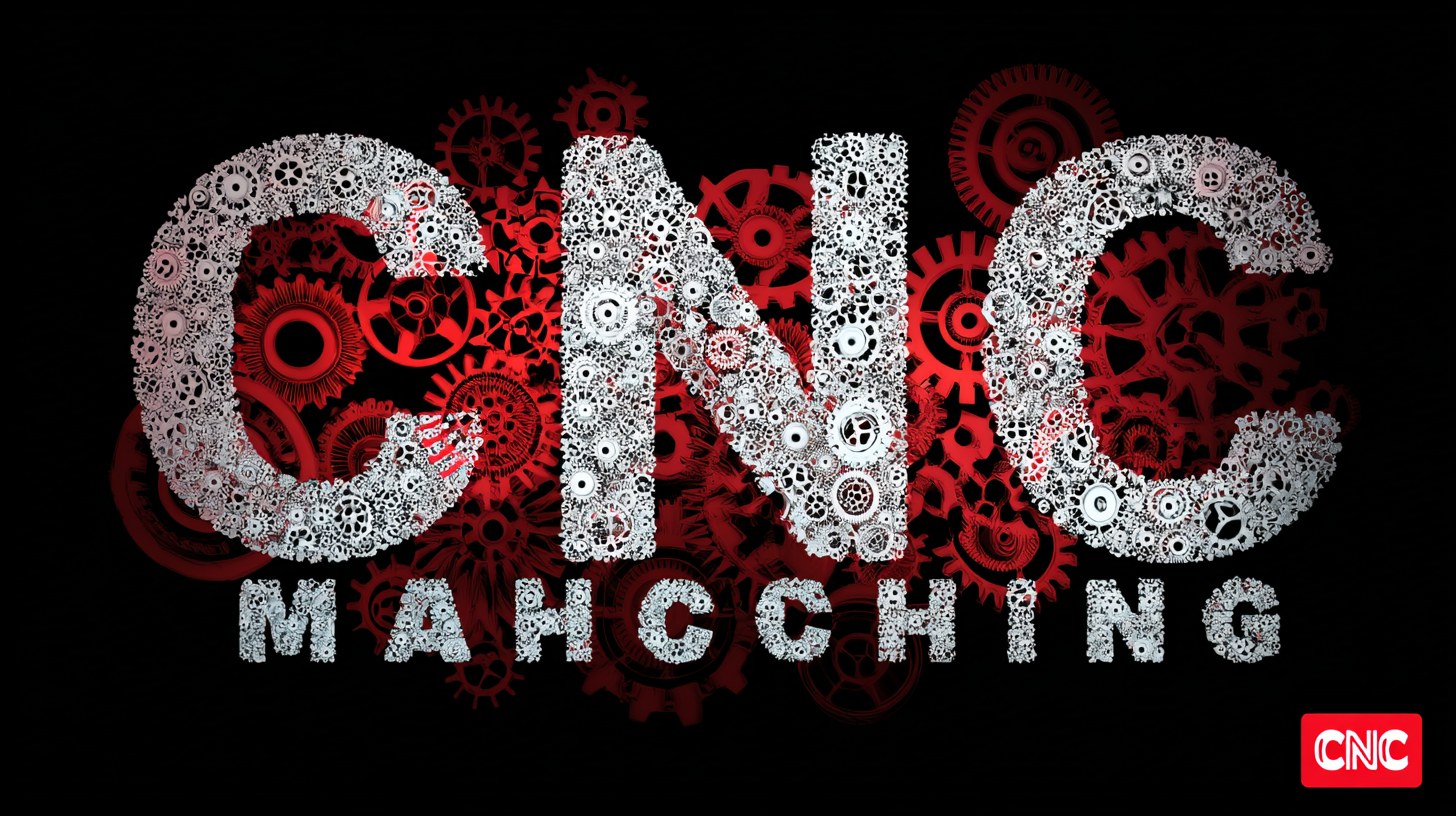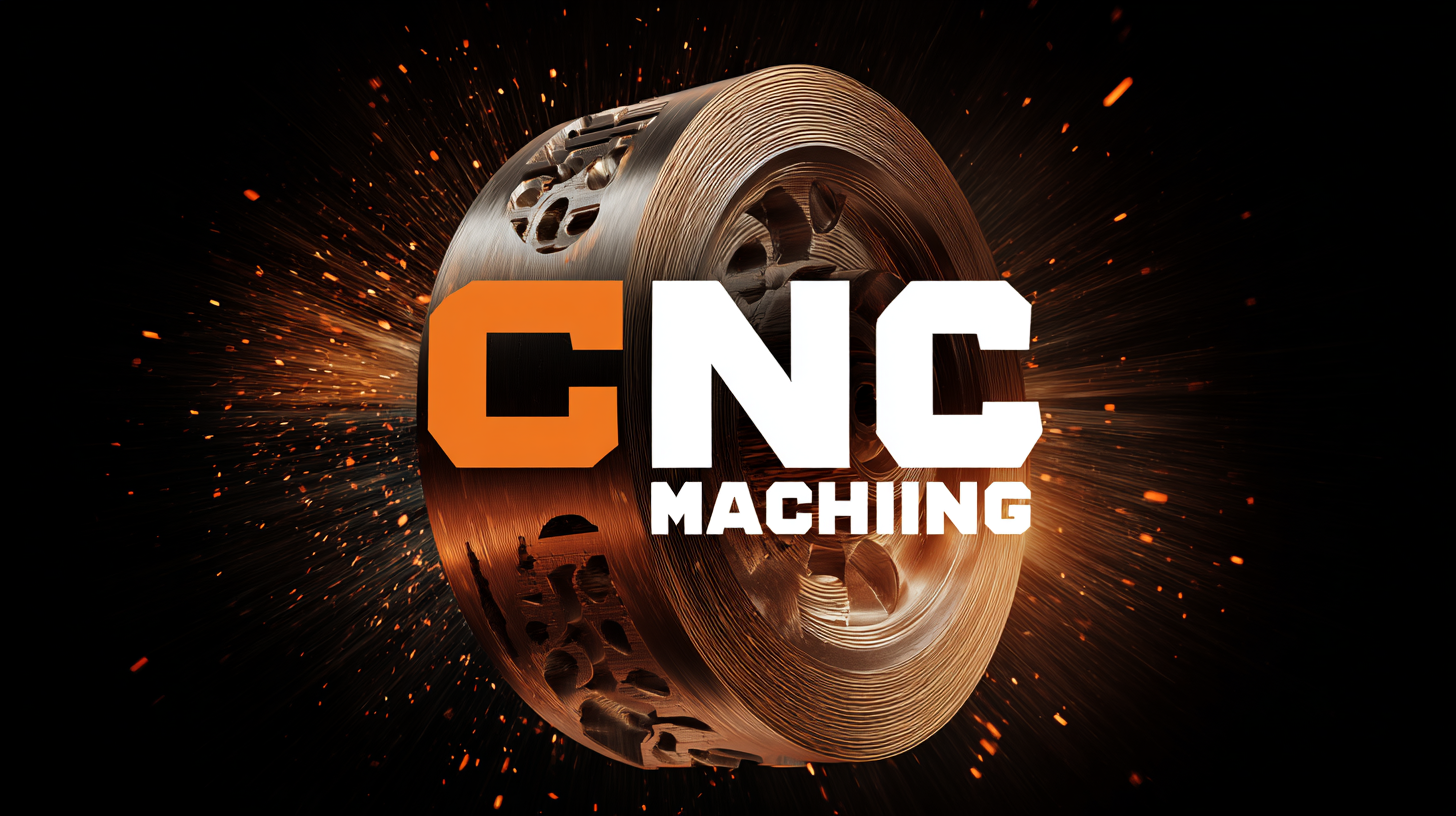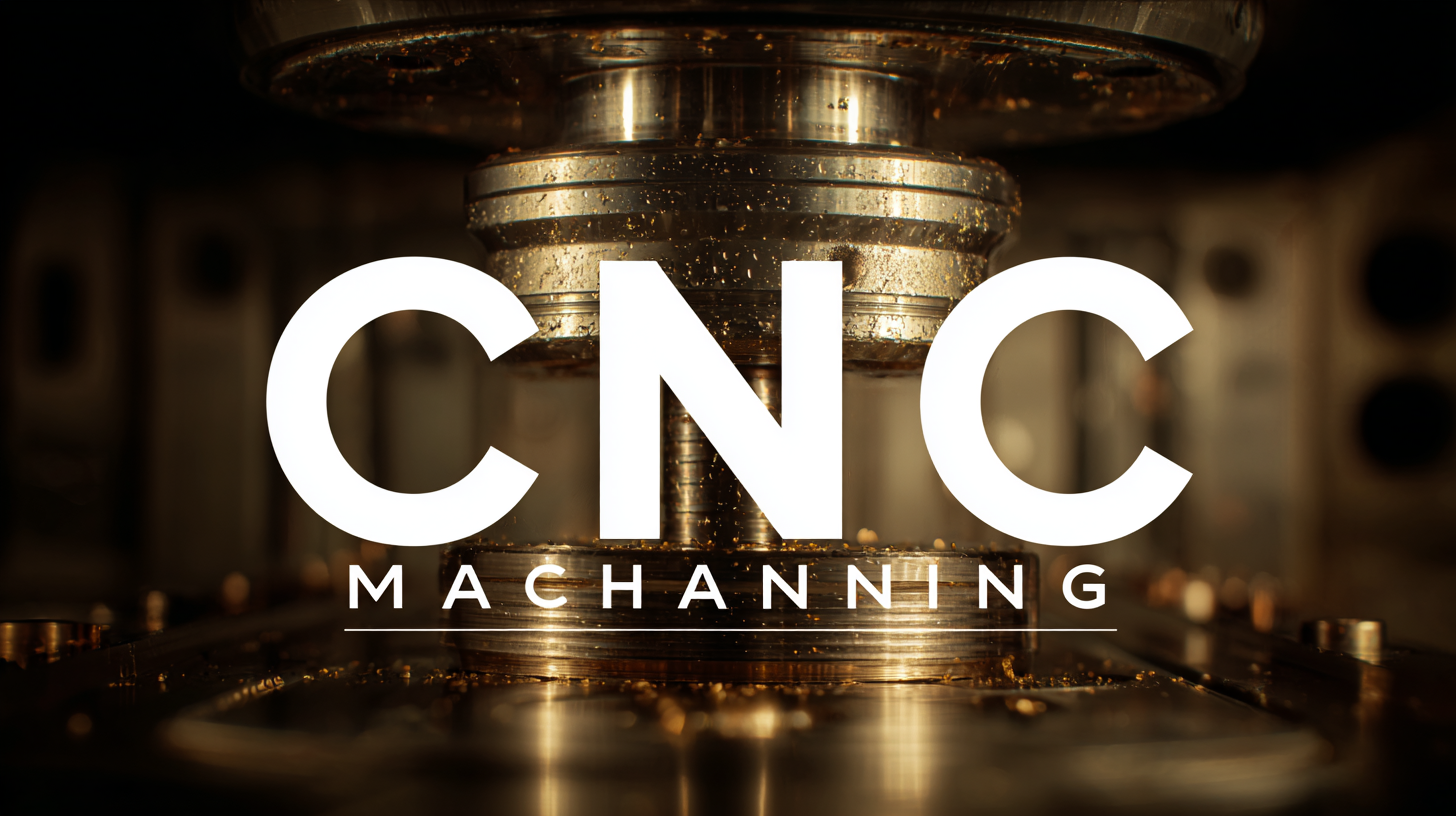Navigating the Future of CNC Machining in 2025 with Innovative Technologies and Best Practices
As we look towards 2025, the CNC machining industry stands at the forefront of technological evolution, poised to redefine manufacturing excellence. According to a recent report by Market Research Future, the global CNC machining market is projected to reach USD 100 billion by 2025, driven by advancements in automation, artificial intelligence, and additive manufacturing. This remarkable growth underscores the increasing demand for precision engineering and high-quality components, particularly from China, which is emerging as a global leader in exports. With a focus on quality and innovation, CNC machining in China is set to not only meet but exceed international standards, as manufacturers adopt best practices and cutting-edge technologies. In this blog, we will explore the pivotal strategies and innovations shaping the future of CNC machining, and how they pave the way for sustainable growth in an increasingly competitive global market.

Emerging Technologies Revolutionizing CNC Machining in 2025
As we approach 2025, the CNC machining industry is on the brink of significant transformation driven by emerging technologies. One of the most impactful advancements is the integration of Artificial Intelligence (AI) into machining processes. By utilizing AI algorithms, manufacturers can optimize production schedules, predict maintenance needs, and enhance quality control. This not only reduces downtime but also increases overall efficiency, allowing businesses to respond swiftly to market demands.
In addition to AI, the rise of additive manufacturing techniques is reshaping traditional CNC operations. Combining subtractive and additive methods, manufacturers can create complex geometries and reduce material waste. Technologies such as 3D printing for prototyping and production phases enable a faster turnaround while allowing for greater design flexibility. Furthermore, the incorporation of IoT devices into CNC machines fosters real-time monitoring and data analysis, significantly improving operational decision-making. These innovative practices are set to redefine how manufacturers approach CNC machining, driving them toward a more sustainable and agile future.
Navigating the Future of CNC Machining in 2025
This bar chart illustrates the projected adoption rates of emerging technologies in CNC machining by 2025. These technologies are expected to revolutionize the industry, improving efficiency and precision.
Best Practices for Enhancing Precision and Efficiency in CNC Operations
As the CNC machining industry braces for advancements heading into 2025, embracing best practices for enhancing precision and efficiency is paramount. The global CNC machinery market is projected to escalate significantly, with an expected growth from $101.22 billion in 2025 to $195.59 billion by 2032, achieving a robust compound annual growth rate (CAGR) of 9.9%. This remarkable expansion underscores the need for manufacturers to adopt innovative technologies and methodologies to maintain competitive advantages and meet the growing demand.
Implementing cutting-edge technologies, such as advanced motion control systems and smart motors, can elevate the precision and reliability of CNC operations. For instance, the integration of plug-and-play intelligent stepper motor systems can drastically improve operational efficiency, offering higher accuracy and safety during machining processes. With the increasing complexity of production requirements, leveraging these innovative solutions not only enhances productivity but also contributes to sustainable manufacturing practices, positioning companies to thrive in the evolving CNC landscape of 2025 and beyond.
Understanding the Impact of Industry Standards on CNC Machining Quality
In the rapidly evolving landscape of CNC machining, understanding industry standards is crucial for maintaining high quality and efficiency. Standards such as ISO 9001 and AS9100 provide a framework that helps manufacturers ensure their processes are consistent and reliable. By adhering to these standards, companies can enhance their reputation and customer trust, while also minimizing errors and waste in production.
Tip: Regularly review and update your quality management system to ensure compliance with the latest industry standards. This proactive approach can help identify improvement areas and streamline your operations.
Moreover, technology plays a pivotal role in aligning with these standards. The integration of advanced technologies like automation, IoT, and AI in CNC machining not only boosts productivity but also enhances precision. Incorporating real-time data analysis and machine learning can significantly reduce the likelihood of defects and improve overall machining quality.
Tip: Invest in training for your workforce to help them understand these technologies and their relevance to industry standards. A well-informed team is key to consistently delivering high-quality products that meet or exceed customer expectations.

Sustainable Practices in CNC Machining: Balancing Innovation and Responsibility
As we navigate the future of CNC machining in 2025, sustainable practices are becoming increasingly vital for balancing innovation with responsibility. Recent reports indicate that the global CNC machining market is projected to grow at a compound annual growth rate (CAGR) of 6.5%, reaching $100 billion by 2025. This growth underscores the importance of integrating eco-friendly practices within the manufacturing processes. Companies are increasingly adopting energy-efficient machinery and optimizing cutting conditions to reduce waste and energy consumption.
In addition, the adoption of biodegradable lubricants and advanced recycling methods is helping to reduce the environmental footprint of CNC operations. A report by the International Journal of Advanced Manufacturing Technology found that implementing sustainable practices can lead to a 30% reduction in material waste and substantially decrease operational costs. Emphasizing innovation has also spurred the development of smart machining technologies that monitor energy usage and material efficiency in real-time, making it easier for manufacturers to commit to responsible production methods while still meeting the burgeoning demands of the market.
Navigating the Future of CNC Machining in 2025 with Innovative Technologies and Best Practices - Sustainable Practices in CNC Machining: Balancing Innovation and Responsibility
| Technology |
Sustainability Impact |
Implementation Year |
Best Practices |
| Advanced Robotics |
Increased efficiency and reduced waste |
2025 |
Integrate regular maintenance plan |
| Additive Manufacturing |
Minimized material waste |
2025 |
Adopt recycling of materials |
| Smart Sensors |
Enhanced monitoring for energy savings |
2024 |
Regular data analysis |
| IoT Connectivity |
Optimized production and lower emissions |
2025 |
Utilize cloud-based monitoring systems |
| Eco-friendly Materials |
Reduced environmental footprint |
2023 |
Source materials locally |
Future Trends in CNC Machining: Adapting to Market Demands and Technological Advances
The evolution of CNC machining is poised to significantly shape the manufacturing landscape by 2025, driven by innovative technologies and rising market demands. As industries increasingly embrace automation and smart manufacturing, CNC systems are integrating advanced features such as artificial intelligence and machine learning. These technologies enable real-time data analysis and predictive maintenance, allowing manufacturers to optimize production processes, reduce downtime, and enhance efficiency.
Simultaneously, the shifting market demands necessitate a more flexible and adaptive approach in CNC machining. Customization is becoming a key driver, with customers seeking tailored solutions to meet their specific needs. This trend urges manufacturers to implement agile methodologies that facilitate quick adjustments in production runs, ensuring they can respond promptly to changing orders without compromising quality. As companies invest in modular CNC machines and scalable solutions, the industry is likely to witness an evolution towards a more customer-centric model, where responsiveness and innovation are paramount in maintaining competitive advantage.

 English
English English
English Español
Español Português
Português русский
русский Français
Français 日本語
日本語 Deutsch
Deutsch tiếng Việt
tiếng Việt Italiano
Italiano Nederlands
Nederlands ภาษาไทย
ภาษาไทย Polski
Polski 한국어
한국어 Svenska
Svenska magyar
magyar Malay
Malay বাংলা ভাষার
বাংলা ভাষার Dansk
Dansk Suomi
Suomi हिन्दी
हिन्दी Pilipino
Pilipino Türkçe
Türkçe Gaeilge
Gaeilge العربية
العربية Indonesia
Indonesia Norsk
Norsk تمل
تمل český
český ελληνικά
ελληνικά український
український Javanese
Javanese فارسی
فارسی தமிழ்
தமிழ் తెలుగు
తెలుగు नेपाली
नेपाली Burmese
Burmese български
български ລາວ
ລາວ Latine
Latine Қазақша
Қазақша Euskal
Euskal Azərbaycan
Azərbaycan Slovenský jazyk
Slovenský jazyk Македонски
Македонски Lietuvos
Lietuvos Eesti Keel
Eesti Keel Română
Română Slovenski
Slovenski



